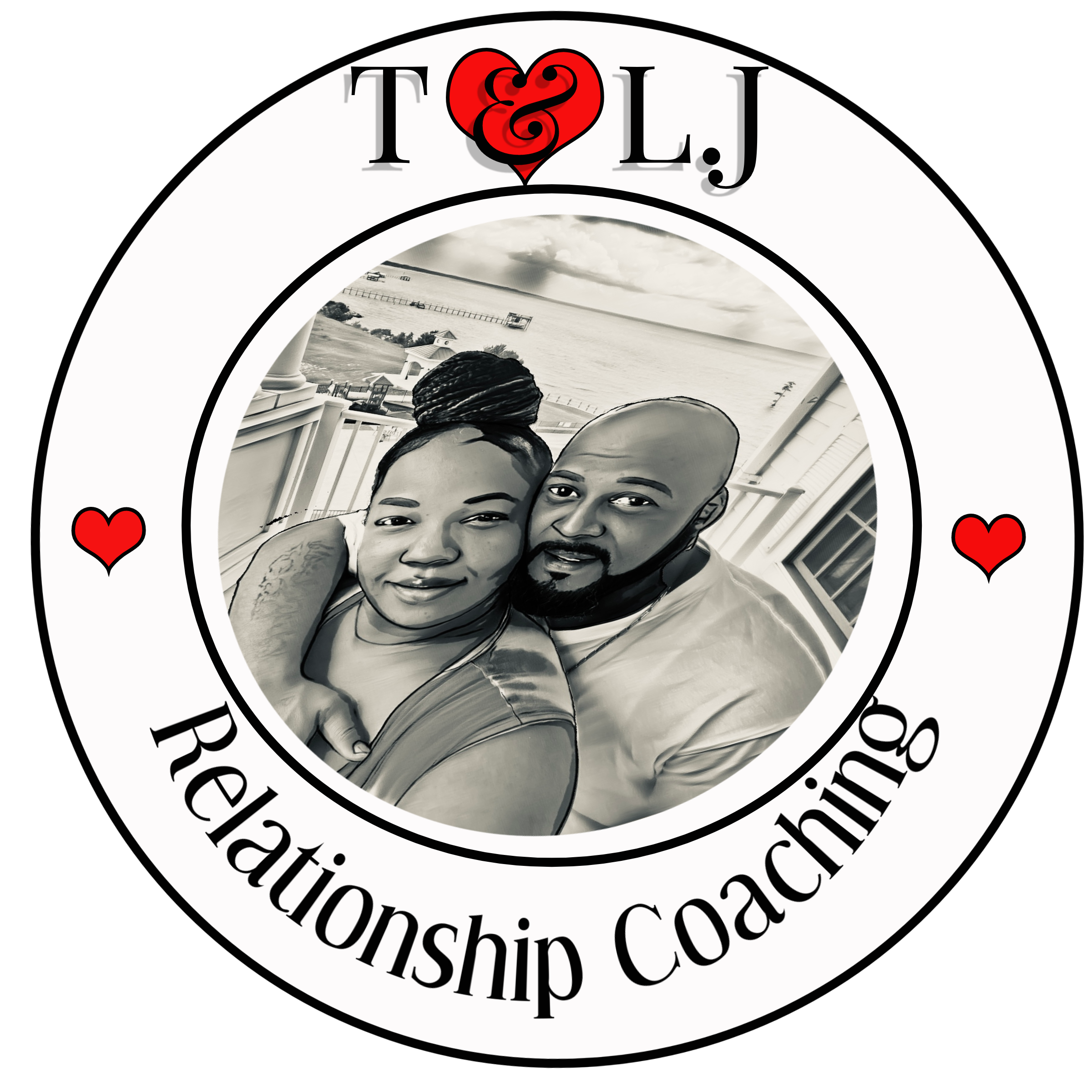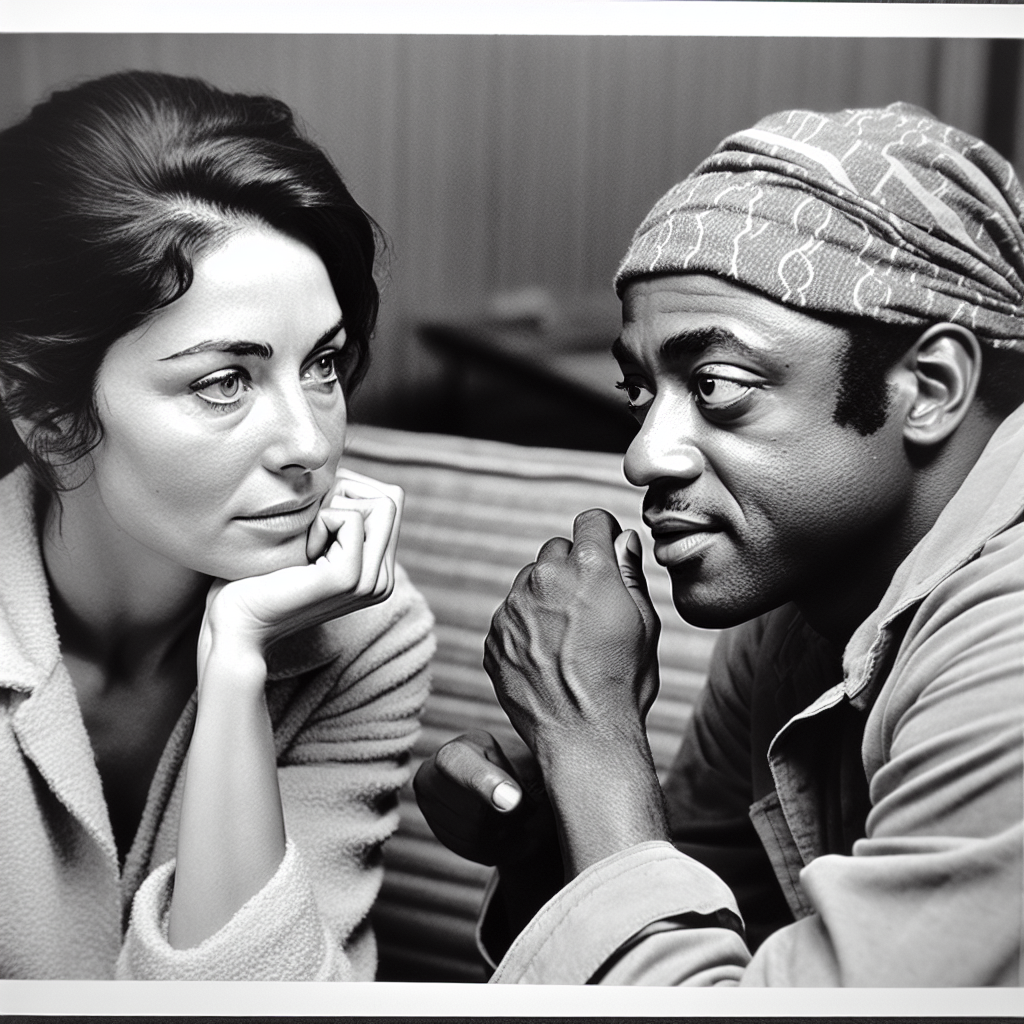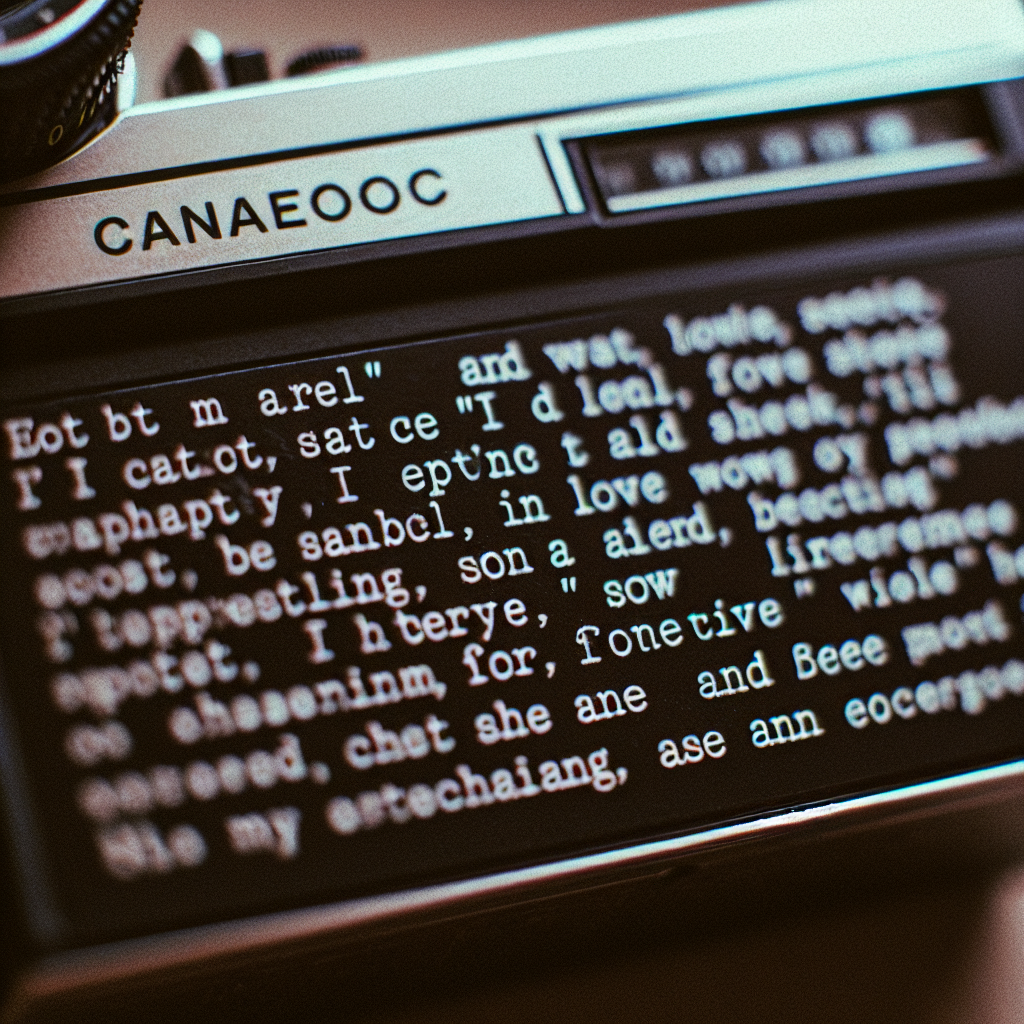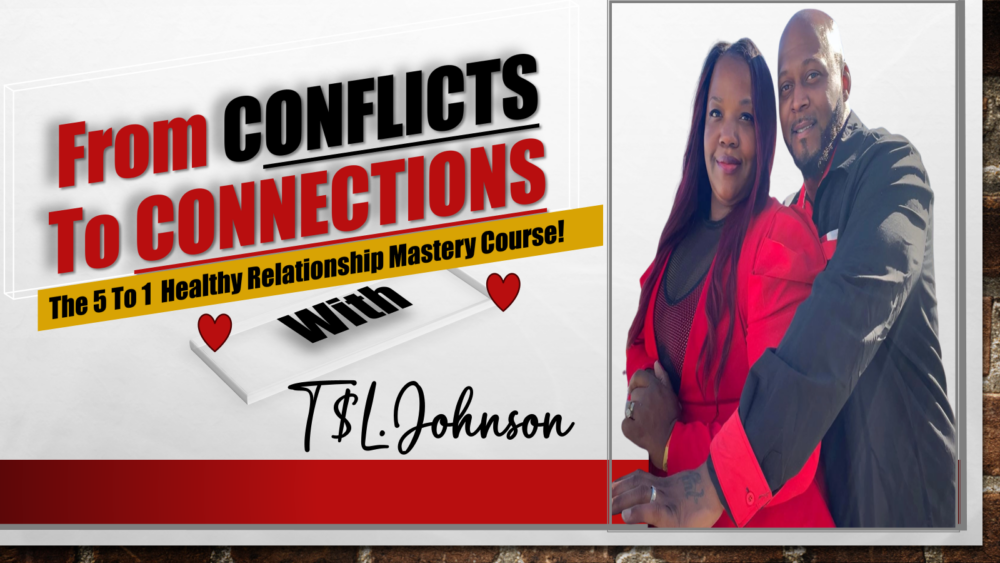Understanding Each Other’s Communication Styles
Recognizing Differences
One of the first lessons I’ve learned in communication is that everyone has their unique style. Whether it’s how we express emotions, share ideas, or even the way we receive information, recognizing our differences is key. I remember when I first realized my partner processed information much slower than I did; I would throw out ideas too quickly, leaving them overwhelmed and confused.
The key here is patience. Taking the time to identify these differences can reduce misunderstandings and enhance the quality of our conversations. Try to pay attention to cues in how each other reacts: do they seem thoughtful, or are they quick to respond? That can often tell you what to expect moving forward.
Also, understanding your partner’s preferred communication methods can work wonders. Do they prefer texts over calls, or face-to-face conversations? Knowing this can help tailor your approach for more effective interactions.
Active Listening
Active listening isn’t just about hearing words—it’s about understanding meaning. When I started practicing active listening, it was a game changer! Instead of just waiting for my turn to speak, I began focusing on what my partner was saying. This meant nodding, asking questions for clarity, and even mirroring their emotions.
Being present in the moment shows that I value their thoughts and feelings. If I’m fully engaged, it fosters a deeper connection and leads to richer conversations. I’ve found that people love to feel heard, and when I make that effort, it really strengthens our communication rhythm.
Additionally, summarizing what I’ve heard after they finish talking helps in confirming I understood their point. It’s amazing how this small step can enhance clarity and avoid assumptions or misinterpretations!
Empathy in Communication
Injecting empathy into our conversations is crucial. When my partner shares their thoughts, I try to put myself in their shoes, feeling what they feel. It has truly transformed my approach to discussions, especially when they express frustration or sadness.
Being empathetic means acknowledging their feelings rather than dismissing them. I’ve learned that even if I don’t fully understand the situation, validating their emotions is important. Saying things like, “I can see this is really tough for you,” often helps ease any tension in the air.
Empathy not only fosters respect but also encourages honesty in our conversations. When my partner knows I’m truly supporting them, they feel more comfortable to open up, leading to a more honest and fluid communication dynamic.
Establishing a Routine for Conversations
Choosing the Right Time
One of the practical tips I picked up along the way is picking the right time for important conversations. Late-night talks after a long day just never seem to yield productive results. So instead, I try to schedule chats when we’re both relaxed and ready to engage.
For example, early mornings over coffee or leisurely weekend afternoons can be excellent times for deeper discussions. It’s all about setting the stage for a healthy dialogue—when both of us are at our best, we can communicate more effectively.
Being thoughtful about timing reduces stress on both sides and ultimately enhances our connection, allowing us to have meaningful conversations that don’t feel rushed or forced.
Setting Regular Check-ins
Establishing a regular check-in can work wonders. I like to dedicate a specific time each week just to touch base with each other—no distractions! This has become our safe space where we can discuss anything from daily happenings to deeper emotional topics.
During these check-ins, I share what’s been on my mind and invite my partner to do the same. It’s a designated time for open, honest dialogue where nothing feels off-limits. Knowing we have that time set aside reduces the pressure to address everything right away.
It also encourages accountability. If I know we’ll be discussing things in our next check-in, I’m more likely to reflect on my feelings and thoughts throughout the week, meaning our conversations become richer and more meaningful over time.
Creating a Comfortable Environment
The environment plays a significant role in how conversations unfold. Whether it’s a cozy corner in the house or a favorite park bench, I’ve noticed that the right setting can lighten the mood. A relaxed atmosphere tends to bring out the best in us!
Sometimes, I even incorporate little things into our setting, such as a warm cup of tea or our favorite music playing softly in the background. These little touches make our discussions feel less formal and more like a casual chat, encouraging deeper connections.
Moreover, body language matters! Sitting across from each other, maintaining eye contact, and using open gestures influence how we communicate too. I’ve seen first-hand how a comfortable environment leads to a more open and genuine exchange of ideas and feelings.
Practicing Transparency and Honesty
Being Open About Feelings
One of the hardest yet most rewarding parts of communication is practicing transparency. I learned early on that bottling up my feelings only led to conflicts down the road. So, I’ve made it a personal goal to openly express what I’m feeling, even if it’s uncomfortable.
I’ve noticed that when I share my feelings—whether I’m happy, sad, or frustrated—it invites my partner to do the same. The more we share, the easier it becomes to communicate, and it creates an environment where honesty thrives.
Ultimately, being open about feelings fosters trust, and let’s be real: trust is the foundation of any strong relationship. Each time I’m honest about my emotions, it strengthens our bond!
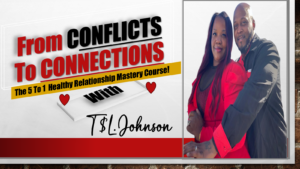
Admitting Mistakes
Let’s face it, we’re all human, and mistakes happen. What makes a difference is recognizing and owning them. I remember a moment when I snapped during a conversation; instead of brushing it off, I later took the time to apologize sincerely. It turned out to be a pivotal moment in our communication rhythm.
Owning up to our faults doesn’t just show maturity; it demonstrates that we’re willing to put in the work for the relationship. It also encourages my partner to do the same—it becomes a two-way street of accountability and understanding.
Every time I admit a mistake, I feel a sense of relief wash over me. It’s empowering to acknowledge that we’re all learning and growing together, which helps to break down barriers and promote healthy communication.
<h3-Celebrating Achievements
Don’t underestimate the power of celebrating even the smallest achievements in communication. It can be as simple as recognizing when we successfully navigated a difficult conversation. I mean, every little victory counts!
When I acknowledge our improved communication skills, it creates a sense of accomplishment. I often say, “Wow, I loved how we navigated that discussion!” This not only boosts morale but also reinforces our commitment to keeping the lines of communication open.
Celebrating achievements motivates us to continue improving. It reminds me that communication is an ongoing journey and encourages both of us to strive for even better interactions in the future!
Overcoming Communication Barriers
Identifying Barriers
We all face communication barriers at some point, whether it’s busy schedules or external stressors. I’ve found that acknowledging these obstacles is the first step. Recognizing that something is amiss can help initiate change.
Sometimes, these barriers can feel overwhelming. When my schedule is packed and I’m worn out, I can be short in my responses. I’ve learned to identify these moments and openly communicate that I’m feeling stressed instead of taking it out on my partner.
This way, instead of allowing frustration to build, we can work together to find solutions. Identifying barriers is the first step toward overcoming them, and that’s something I continuously strive to foster in our communication dynamic.
Finding Solutions
After identifying barriers, the next logical step is finding effective solutions. It might be adjusting our schedule to create more free time for each other or establishing a signal for when we need to pump the brakes on a conversation. Like, a simple ‘Can we pause for a second?’ can do wonders!
Another solution that worked for us is setting ground rules for discussions, especially when emotions run high. We’ve agreed to take a breather if things get too heated, so we can cool off before trying to resolve the issue.
It’s all about being proactive and looking for ways to improve our communication. By collaborating together, we can tackle those barriers as a team, which ultimately strengthens our bond and our dialogue.
Continuously Improving
Communication is not a one-off effort; it’s a continuous process. Even after addressing barriers, I always remind myself to remain open to new ways of improving. Regularly reflecting on our conversations helps pinpoint what worked and what didn’t. It’s like the review section in a book—it provides feedback!
You’ll find that as we evolve, so does our communication style. Staying adaptable ensures that we don’t hit a plateau where communication feels stagnant. I also love getting feedback from my partner after a tough conversation—it’s a way to grow!
Lastly, continuously improving means being open to feedback from each other. Ask, “How can we do this better next time?” It not only strengthens our relationship, but it’s also a great way to keep our communication rhythm fresh and engaging.
Conclusion
At the end of the day, developing a communication rhythm that works for both of you is all about understanding, patience, and willingness to grow together. By implementing these strategies, we can not only improve our communication but also deepen our connection with one another. It’s a journey, and like any journey, it requires effort, practice, and a sprinkle of love!
FAQ
1. What is the importance of understanding each other’s communication styles?
Understanding different communication styles essential for effective dialogue. It reduces misunderstandings and fosters a supportive environment where both partners can feel heard and valued.
2. How can I practice active listening?
Active listening involves being fully present in the conversation, nodding, asking clarifying questions, and summarizing what you’ve heard. This shows that you value your partner’s thoughts and feelings.
3. What are some ways to create a comfortable environment for conversations?
You can create a comfortable atmosphere by choosing cozy settings, minimizing distractions, and perhaps incorporating soft music or beverages. The aim is to ease tension and make the conversation feel relaxed and engaging.
4. Why is transparency essential in communication?
Transparency fosters trust and safety in a relationship. When both partners are open about their feelings and thoughts, it encourages a deeper emotional connection, alleviating misunderstandings before they escalate.
5. How can couples tackle communication barriers?
Identifying barriers is the first step; once recognized, couples can collaboratively find solutions. Establishing ground rules, setting aside dedicated communication time, and continuously seeking improvement can help overcome these obstacles.
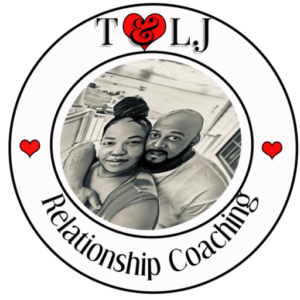
Schedule Your First 20-Minute Coaching
Call With Us Today to see if we fit . You pick the price!
Click Here
